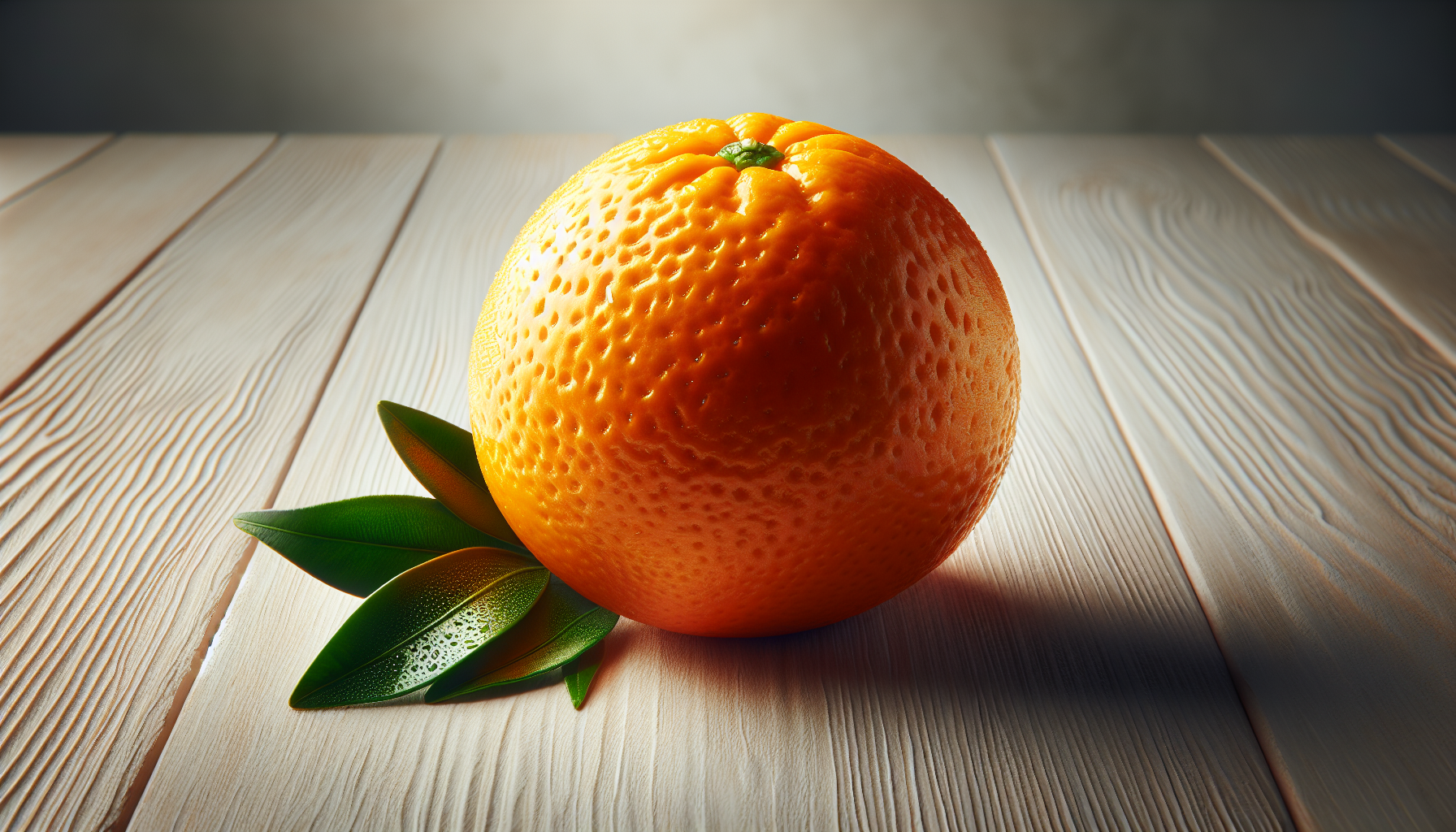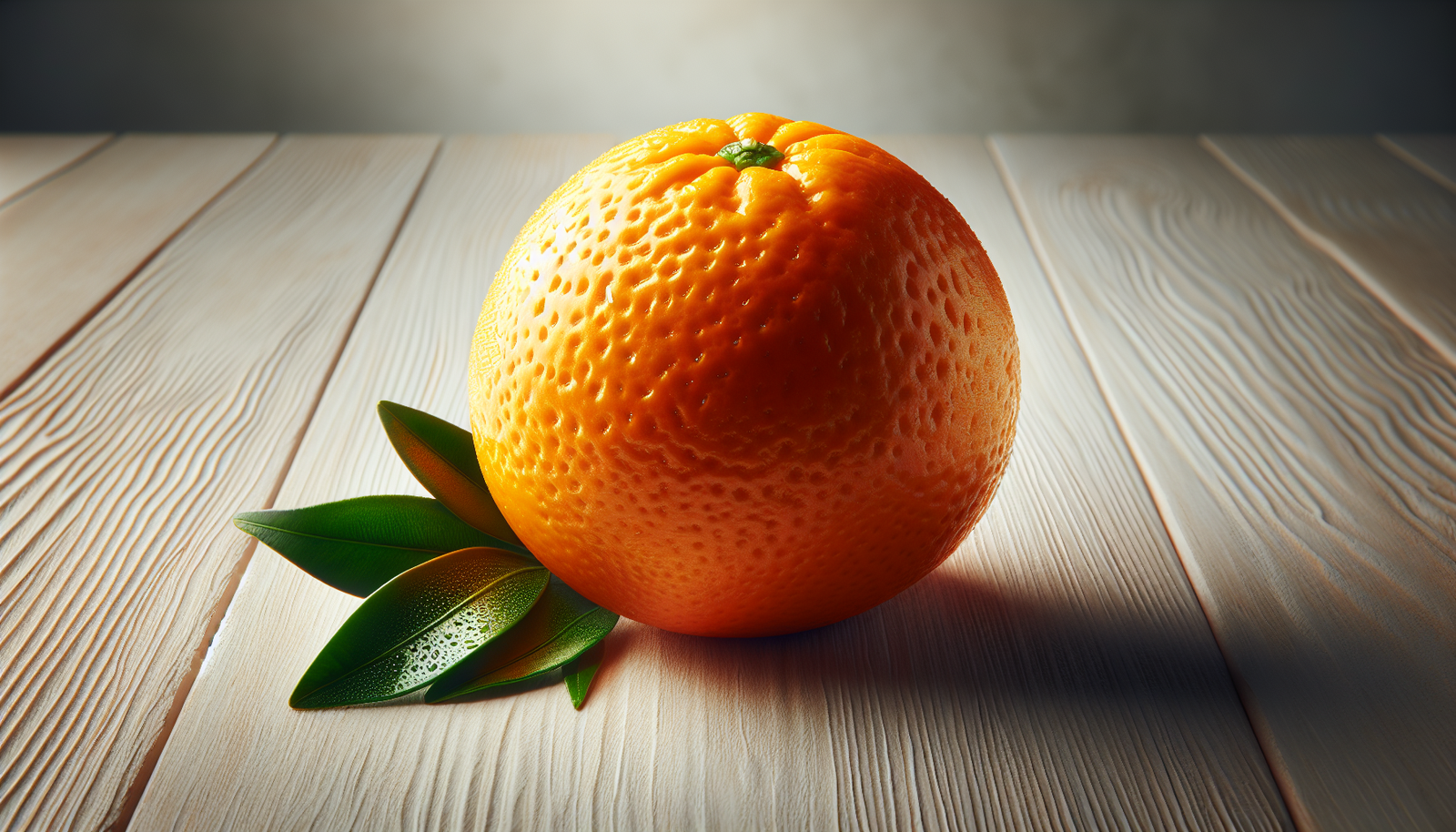What do you think about the importance of vitamin C in your diet? If you’re someone who’s sensitive to oxalates or looking to manage your intake for health reasons, it can sometimes feel like a challenge to find foods that meet your nutritional needs without adding to your oxalate load. Let’s unpack this together, focusing specifically on low-oxalate sources of vitamin C that can really make a difference in your daily menu.
Understanding Vitamin C and Oxalates
To start, let’s clarify what vitamin C is and why it’s important. Vitamin C, also known as ascorbic acid, is a water-soluble vitamin that plays a vital role in various bodily functions. It acts as a powerful antioxidant, supports your immune system, promotes healthy skin, and aids in the absorption of iron from plant-based foods.
On the side of oxalates, these are plant compounds that can contribute to the formation of kidney stones in sensitive individuals. They are found in many foods, particularly in some fruits, vegetables, nuts, and grains. If you’re aiming to lower your oxalate intake, being aware of the vitamin C sources you choose is crucial.
Why Choose Low-Oxalate Sources of Vitamin C?
When navigating your nutrition, it’s essential to find a balance. Choosing low-oxalate sources of vitamin C allows you to reap the nutritional benefits without the potential downsides associated with high oxalate foods. This becomes even more relevant if you’ve experienced kidney stones or other health issues connected to oxalate consumption.
Benefits of Low-Oxalate Vitamin C Sources
- Kidney Health: Lowering oxalate intake can significantly decrease the risk of kidney stones.
- Absorption: Some low-oxalate foods can enhance the absorption of iron, particularly from plant-based sources when consumed with vitamin C.
- Digestive Comfort: By choosing low-oxalate options, you may also experience less digestive discomfort associated with oxalate-rich foods.

Top Low-Oxalate Fruits High in Vitamin C
Fruits often come to mind when we think about vitamin C sources. While some fruits can be higher in oxalates, there are still several low-oxalate options to enjoy. Let’s look at them.
Citrus Fruits
Citrus fruits like oranges, grapefruits, and lemons are famous for their high vitamin C content. They are great choices because they are naturally low in oxalates.
| Fruit | Vitamin C Content (mg per 100g) | Oxalate Content (mg per 100g) |
|---|---|---|
| Orange | 53.2 | 3 |
| Grapefruit | 31.2 | 1 |
| Lemon | 53.0 | 2 |
Citrus fruits not only perk up your meals but also add a zesty flavor that can brighten up your day.
Kiwi Fruit
Kiwi is a delightfully tangy fruit packed with vitamin C. Plus, it’s low in oxalates, making it a fantastic option.
| Fruit | Vitamin C Content (mg per 100g) | Oxalate Content (mg per 100g) |
|---|---|---|
| Kiwi | 92.7 | 1.0 |
You can toss it into salads, or eat it on its own for a healthy snack that’s both refreshing and nutritious.
Melons
Both cantaloupe and honeydew melon are low-oxalate fruits, making them perfect choices for a vitamin C boost.
| Fruit | Vitamin C Content (mg per 100g) | Oxalate Content (mg per 100g) |
|---|---|---|
| Cantaloupe | 36.7 | 2 |
| Honeydew | 18.0 | 1 |
Cut them into cubes for a sweet snack, blend them into smoothies, or simply enjoy them chilled.
Vegetables Low in Oxalate and Rich in Vitamin C
When it comes to vegetables, there are also plenty of options that provide vitamin C while keeping oxalate levels low.
Bell Peppers
Bell peppers, especially the red variety, are known for their high vitamin C levels. They add a crunch and vibrancy to your meals without pushing your oxalate intake.
| Vegetable | Vitamin C Content (mg per 100g) | Oxalate Content (mg per 100g) |
|---|---|---|
| Red Bell Pepper | 128.0 | 2.0 |
| Green Bell Pepper | 60.0 | 2.0 |
You can enjoy bell peppers raw, roasted, or cooked into dishes as part of a colorful vegetable medley.
Broccoli
Broccoli is a nutritional powerhouse that provides a decent amount of vitamin C and is renowned for its low oxalate content.
| Vegetable | Vitamin C Content (mg per 100g) | Oxalate Content (mg per 100g) |
|---|---|---|
| Broccoli | 89.2 | 1.0 |
Steam it, toss it into a stir-fry, or blend it into a soup for a nourishing meal.
Cauliflower
Similar to broccoli, cauliflower is another excellent low-oxalate vegetable that’s rich in vitamin C.
| Vegetable | Vitamin C Content (mg per 100g) | Oxalate Content (mg per 100g) |
|---|---|---|
| Cauliflower | 48.2 | 2.0 |
You can try it mashed, roasted, or even riced as a substitute for grains.

Herbs and Spices as Sources of Vitamin C
While we typically don’t think of herbs and spices as primary sources of nutrition, some provide significant vitamin C and are quite low in oxalates.
Fresh Parsley
Fresh parsley is an often-overlooked herb that is high in vitamin C and low in oxalates. It can easily enhance your meals and dishes with its fresh taste.
| Herb | Vitamin C Content (mg per 100g) | Oxalate Content (mg per 100g) |
|---|---|---|
| Parsley | 133.0 | 4.0 |
You can chop it and sprinkle it over salads or incorporate it into tabbouleh for a refreshing bite.
Cilantro
Another tasty herb is cilantro, which is not only low in oxalates but also high in vitamin C.
| Herb | Vitamin C Content (mg per 100g) | Oxalate Content (mg per 100g) |
|---|---|---|
| Cilantro | 27.0 | 1 |
It can add a burst of flavor to your dishes, making it a great addition to salsas and salads.
Unconventional Low-Oxalate Sources of Vitamin C
There are a few unexpected foods that boast some vitamin C while being low on oxalates. Consider incorporating these options into your diet to keep your meals diverse.
Potatoes
While often overlooked as a source of vitamin C, potatoes can surprise you. They are low in oxalates and provide a modest amount of vitamin C.
| Food | Vitamin C Content (mg per 100g) | Oxalate Content (mg per 100g) |
|---|---|---|
| Potato | 19.7 | 2 |
Baked, mashed, or fried, potatoes can serve as a comforting side dish with help in your vitamin C intake.
Brussels Sprouts
Brussels sprouts can be a bit polarizing, but when prepared well, they are a treat. They’re also low in oxalates and provide a healthy dose of vitamin C.
| Vegetable | Vitamin C Content (mg per 100g) | Oxalate Content (mg per 100g) |
|---|---|---|
| Brussels Sprouts | 85.0 | 2 |
Try roasting them for a delicious and nutritious addition to your dinner plate.

Planning a Low-Oxalate Diet for Vitamin C
Now that you’ve learned about some fantastic low-oxalate sources of vitamin C, it might be beneficial to think about how to incorporate these foods into your diet.
Creating Balanced Meals
Instead of focusing exclusively on one food group, aim for a balanced plate that combines low-oxalate fruits and vegetables with lean proteins and whole grains. You can make a vibrant salad filled with bell peppers, kiwi, and a sprinkle of fresh parsley, paired with grilled chicken or beans.
Snack Ideas for Vitamin C
Snacking can be a great opportunity to sneak in those vitamin C powerhouses. Think fresh orange slices, a mini fruit salad with cantaloupe and kiwi, or even bell pepper strips with hummus.
Maintaining Variety
It’s easy to fall into a routine of eating the same foods. Challenge yourself to include different low-oxalate fruits and vegetables each week. Join in on the seasonal produce offerings to keep your diet fresh and exciting.
Conclusion
You deserve to enjoy your meals while caring for your health. With a better understanding of low-oxalate sources of vitamin C, you can confidently choose foods that nourish your body while keeping your dietary needs in check. Remember that variety is the spice of life—both in your meals and in the nourishment you provide to yourself.
Incorporate these fantastic fruits, veggies, herbs, and unconventional sources into your diet, and you’ll be well on your way to maintaining the vitamin C levels needed for optimal health, all while being mindful of your oxalate intake. Your body will thank you for it!


